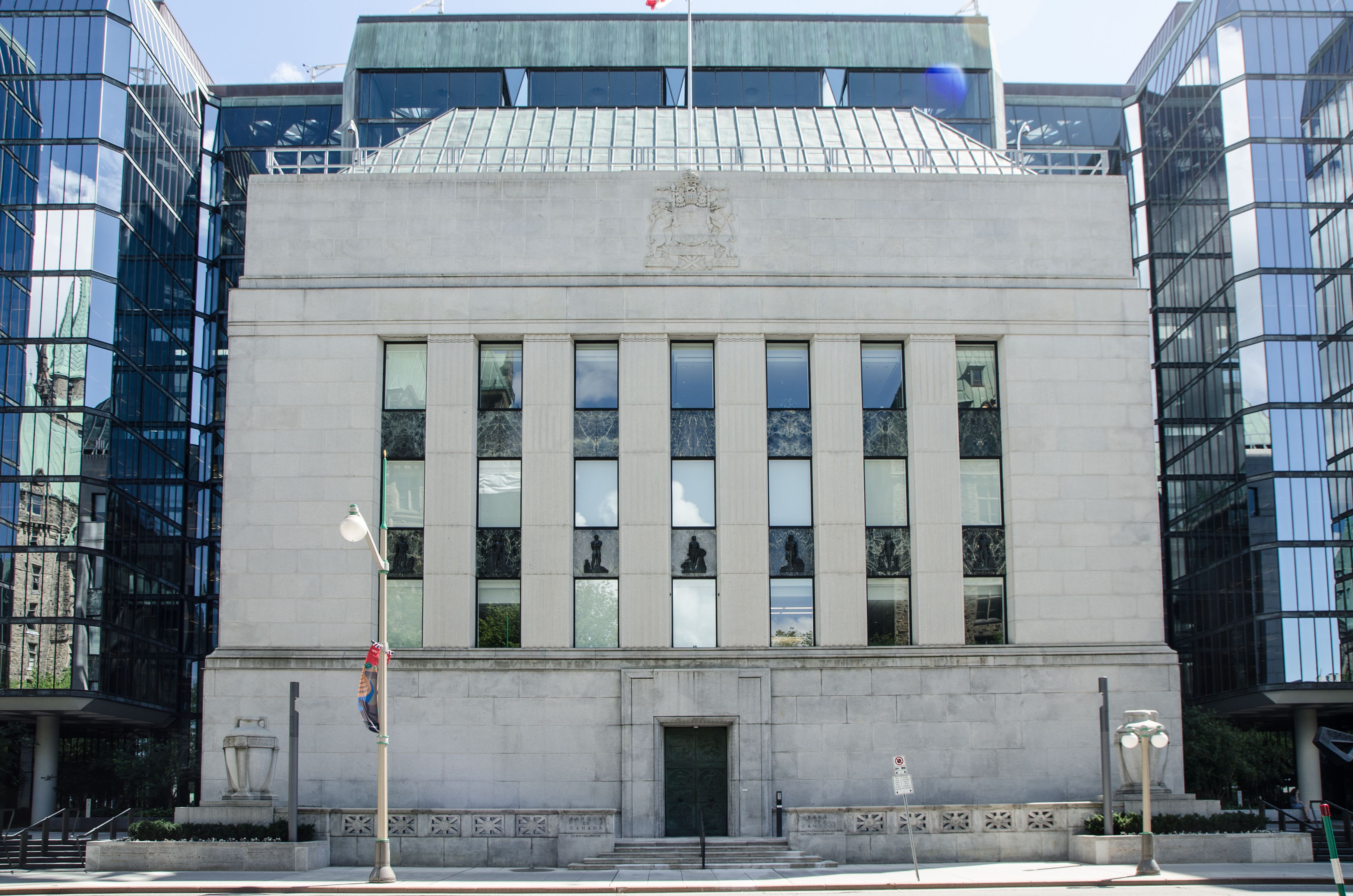Bank of Canada Lowers Interest Rate by 0.25%
Understanding the Bank of Canada's Decision
The Bank of Canada recently announced a decision to lower the interest rate by 0.25%. This move has captured the attention of economists, businesses, and consumers alike. The central bank's decision is often a reflection of its assessment of the economic landscape, aiming to balance growth with inflation control.
A lower interest rate generally signals the bank's intent to stimulate economic activity. By making borrowing cheaper, it encourages spending and investment. This decision comes amid global economic uncertainties and domestic challenges that require careful navigation.

Impact on Consumers
For consumers, a reduction in interest rates can mean lower costs for loans and mortgages. Homebuyers, in particular, may find this an opportune moment to secure a mortgage or refinance an existing one. The cost of borrowing decreases, making it more affordable for individuals to invest in homes, cars, or education.
Additionally, credit card interest rates may also see reductions, providing some relief to those carrying balances. However, it's important for consumers to remain vigilant and manage their debt responsibly even in a low-interest environment.

Effects on Businesses
Businesses are likely to benefit from the Bank of Canada's rate cut as well. Lower interest rates reduce the cost of financing for companies, enabling them to expand operations, invest in new projects, or increase hiring. Small and medium-sized enterprises (SMEs), which rely heavily on bank loans, may find this particularly advantageous.
This reduction could also lead to increased consumer spending, benefiting sectors such as retail and services. Companies might see higher sales volumes as consumers have more disposable income or access to cheaper credit.

Potential Risks and Considerations
Despite the benefits, there are potential risks associated with lowering interest rates. One concern is the possibility of increased inflation if demand significantly outpaces supply. The Bank of Canada must carefully monitor economic indicators to avoid overheating the economy.
Furthermore, sustained low-interest rates can discourage savings as returns on deposits become less attractive. This could have long-term implications for individuals' financial planning and retirement savings.
Long-Term Economic Outlook
The Bank of Canada's decision is part of a broader strategy to ensure economic stability. By adjusting interest rates, the central bank aims to maintain a delicate balance between fostering growth and controlling inflation. Economists will be watching closely to see how these changes impact various sectors and the overall economic trajectory.
It's important for both consumers and businesses to stay informed about potential future rate adjustments. Understanding the implications of these decisions can help in making strategic financial choices that align with economic trends.
Conclusion
The recent interest rate cut by the Bank of Canada is a significant development with widespread implications. While it offers opportunities for growth and investment, it also requires careful consideration of potential risks. Staying informed and proactive will be crucial for navigating the evolving economic landscape.
As always, consulting with financial advisors and staying updated on economic news can provide valuable insights into how these changes may affect personal and business finances.